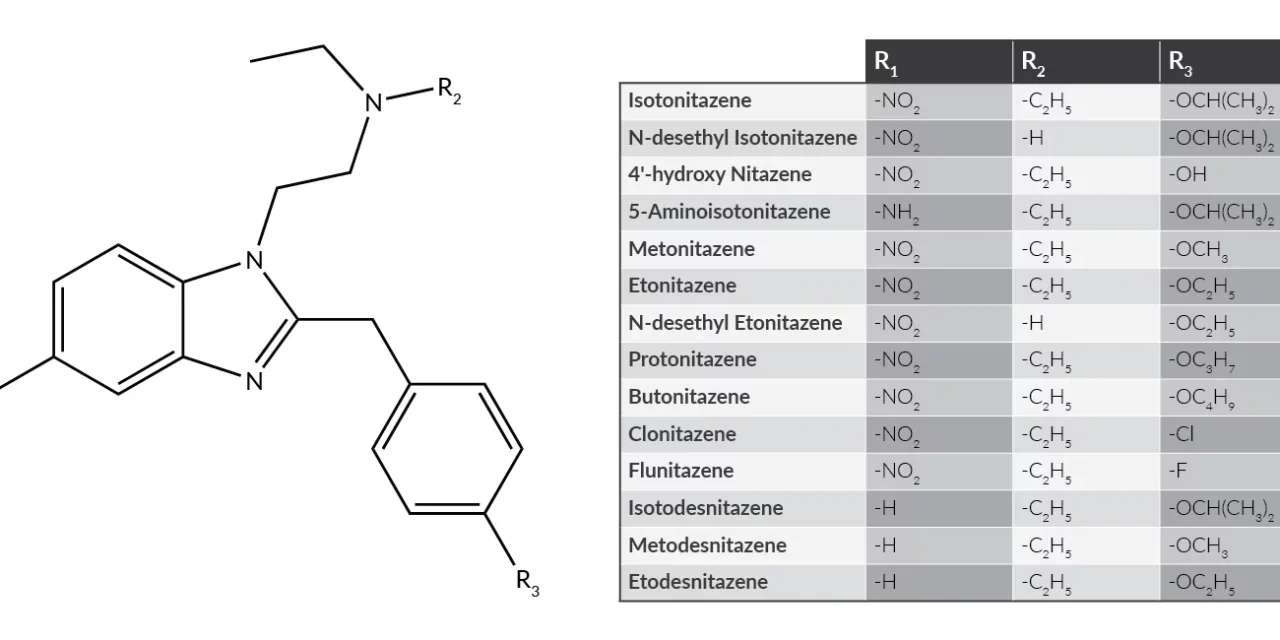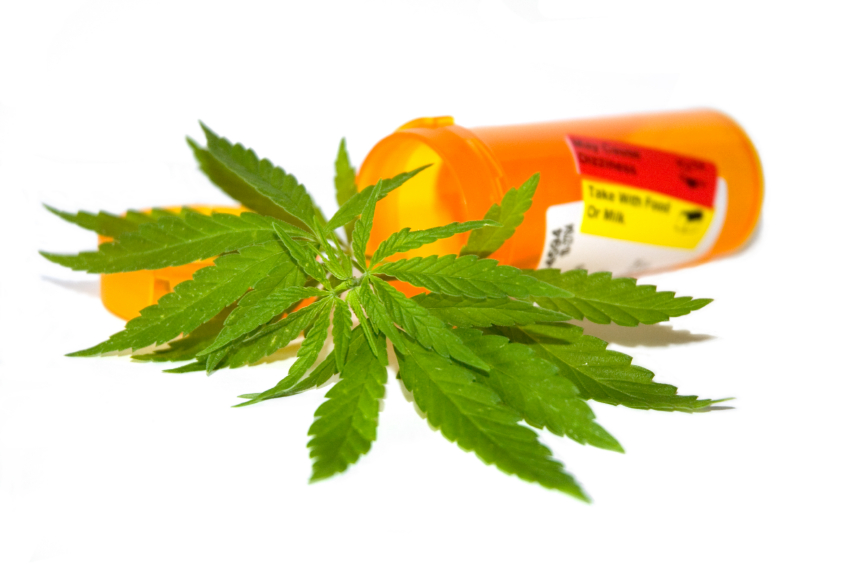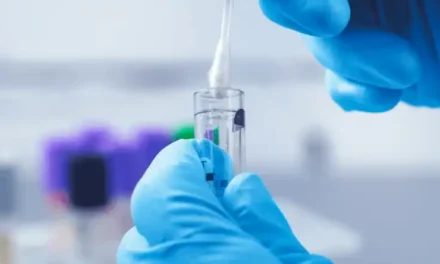I’m afraid this won’t surprise anyone — as bad as fentanyl has been, there are other drugs, potentially even more dangerous, on the way.
Technically, they’re already here, just not yet as widely available or recognized as fentanyl has become.
They will be, of course, in time. So it behooves us to know a little about them.
Here’s a recent article from The Washington Post, reprinted in Yahoo News, that provides us with a helpful overview.
On the streets, opioids sometimes more potent than fentanyl: nitazenes
I first became aware of these synthetics in 2022, through a piece that appeared in one of The Lancet’s medical journals. Its subject: A disturbing influx of “non-fentanyl-derived ultrapotent synthetic opioids” in the United States and Canada.
“Several times more potent than fentanyl” was how they were initially described. That may have been an understatement.
Nitazenes were first introduced during the 1950’s as one of many synthetic alternatives to morphine, for use in cases of severe pain. Nitazene itself was never actually approved for general medical use. The reason: An unacceptably high risk of accidental overdose.
Once that became known, the drug’s use was effectively restricted to research purposes only. And there it stayed, for a number of years.
But eventually, like so many of its predecessors, nitazene escaped the lab. Another article claims it’s now being produced in a number of countries around the world. For the most part, in “homegrown laboratories, using legal and easily available precursors…. Production can be established anywhere,” the authors note, “thereby avoiding global trafficking routes, partly as an adaptation to border closures in response to the COVID-19 pandemic.”
It’s like the street drug culture warns us: “if it can be done, it will be done.” By somebody, somewhere, and probably sooner rather than later. Regardless of the consequences.
And for nitazenes, ‘ultra potent’ is likely to mean ten or more times as powerful as fentanyl. Many hundreds of times beyond morphine.
It’s expected that the advent of synthetic opioids will result in serious challenges to contemporary treatment and harm reduction measures. Including the use of naloxone to reverse the inevitable ODs.
This is one reason that some experts are predicting one million opioid fatalities yet to come, over the next decade or so.












